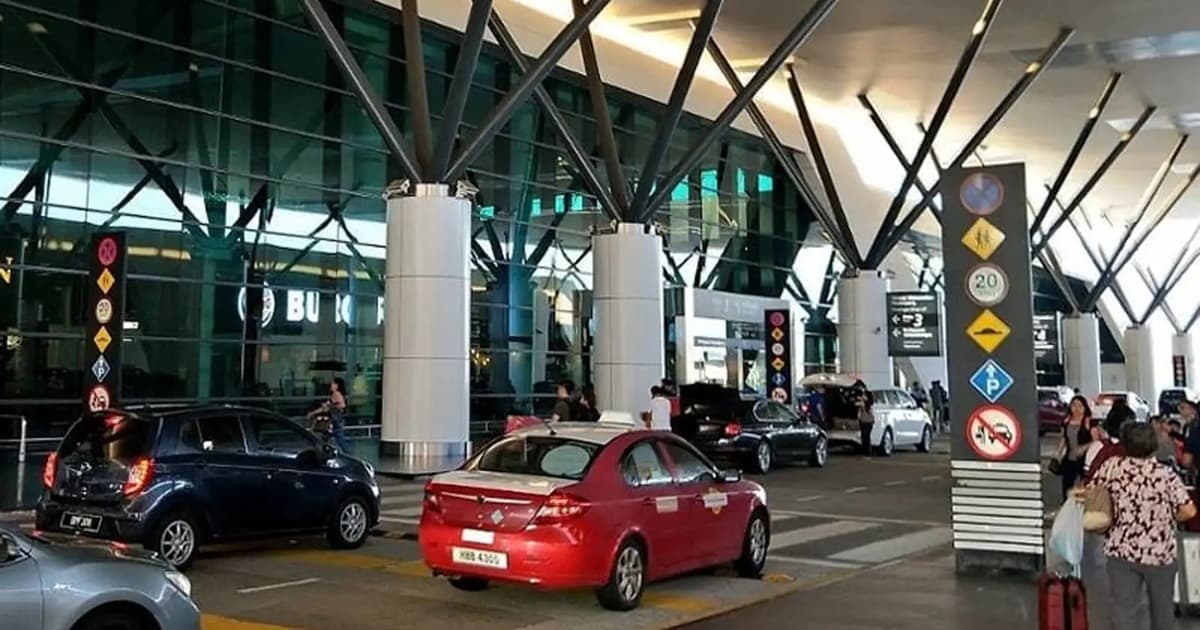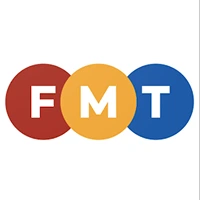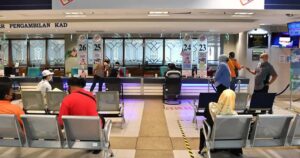
Following my recent critique of KLIA, I was invited to visit Terminal 2 and see first-hand how its management is tackling long-standing transport issues.
At the transportation hub on Level 1, I was briefed on measures taken to curb the menace of illegal taxi operators — known locally as “ulat” (caterpillar).
For years, these touts have preyed on unsuspecting passengers, especially foreigners, by posing as legitimate taxi and e-hailing drivers.
Many travellers, unfamiliar with local rules, were tricked into believing that private car owners could lawfully pick them up at the terminal. These illegal operators would often undercut published fares to lure passengers, only to later extort more money from them.
One case I was shown involved a pair of foreigners who were charged an outrageous US$200 for a ride to KL Sentral.
A thick stack of police reports lodged by cheated passengers confirmed how widespread and damaging this practice had been.
Against this backdrop, I must commend the transport ministry, the land public transport agency, and the police for finally cracking down on these illegal operators.
This is not just a KLIA problem. Airports across Asia are plagued by such touts. Recently, Singapore’s Land Transport Authority nabbed several unlicensed transport operators in a crackdown at Changi Airport.
Electronic barriers and security
One of the new measures adopted at Terminal 2 has been the installation of electronic barriers at the entrance to Level 1.
These barriers are equipped with number plate readers and surveillance cameras, ensuring that only authorised taxis and pre-booked e-hailing vehicles may enter.
Digital screens have been set up to display real-time updates, informing passengers of their vehicle’s estimated arrival time and designated pick-up zone — either Waiting Area A or B.
Each vehicle pays a RM2 entry fee, but more importantly, the system records driver details and vehicle data. This enhances passenger safety and creates an audit trail in case of disputes.
It also drastically reduces the number of ulats, though some still linger in public car parks and arrival halls.
I suggested that clear notices be placed to remind passengers to use only the services of authorised taxis operators or buses located at Levels 1 and 2 of the transportation hub.
Passengers must also be encouraged to lodge complaints against any suspicious or illegal operators.
Safer taxi options
Another useful feature, recently added but yet to become popular, has been the introduction of booking kiosks at Level 1. Passengers can now order a taxi through these terminals and receive a printed ticket showing both the fare and the destination.
This eliminates price manipulation, protecting travellers from being fleeced.
More such kiosks should be installed at the terminal, especially at the arrival hall and the baggage collection area.
Improved bus services
I was also shown the terminal’s recently upgraded bus ticketing system.
Passengers who purchase their tickets now wait in a designated area with clear electronic boards listing real-time bus schedules, route details, and a wide range of destinations — both near and far — including Taiping and Muar.
A trip to KL Sentral costs just RM16, a highly reasonable fare.
Departure announcements are made using AI-generated audio, keeping the process efficient and orderly.
A better model
The improvements at Terminal 2 show how airport transfer systems should be run — organised, transparent, and safe.
With buses, e-hailing services, taxis, limousines and the express train all coordinated between Levels 1 and 2, the hub now appears far more efficient.
Clearly, the seamless integration of air travel with a coordinated land transport network, aided by digital infrastructure, represents the right way forward.
Most importantly, the move to eliminate illegal taxis will restore passenger confidence and safeguard Malaysia’s image as a welcoming gateway.
With the right enforcement and management, ulats can truly become a thing of the past.
All airports across the country should adopt this approach.
Well done, transport ministry.

Passengers can now order a taxi through booking kiosks at Level 1 and receive a printed ticket showing both the fare and the destination.
The author can be reached at: [email protected]
The views expressed are those of the writer and do not necessarily reflect those of FMT.






